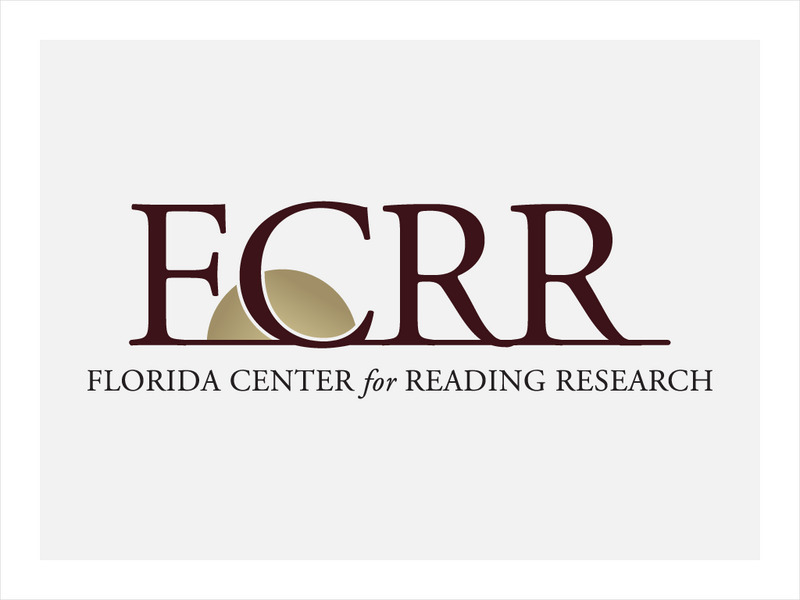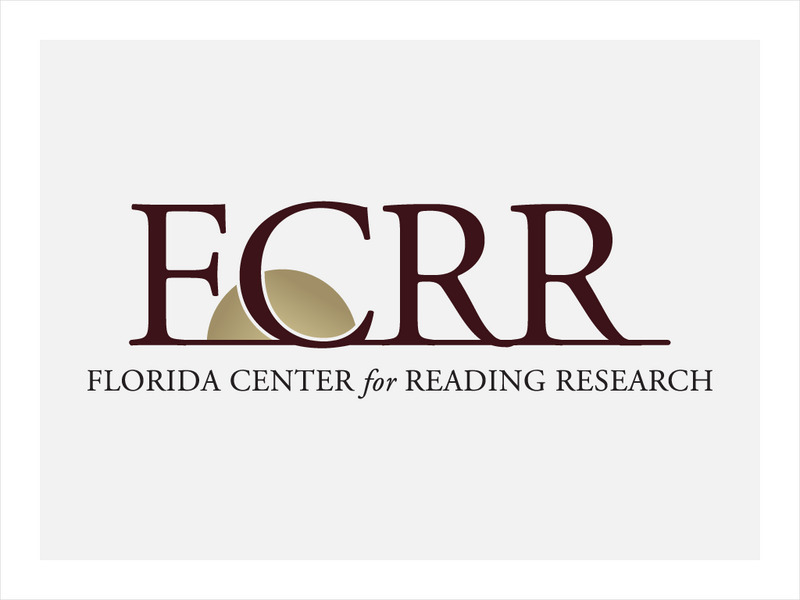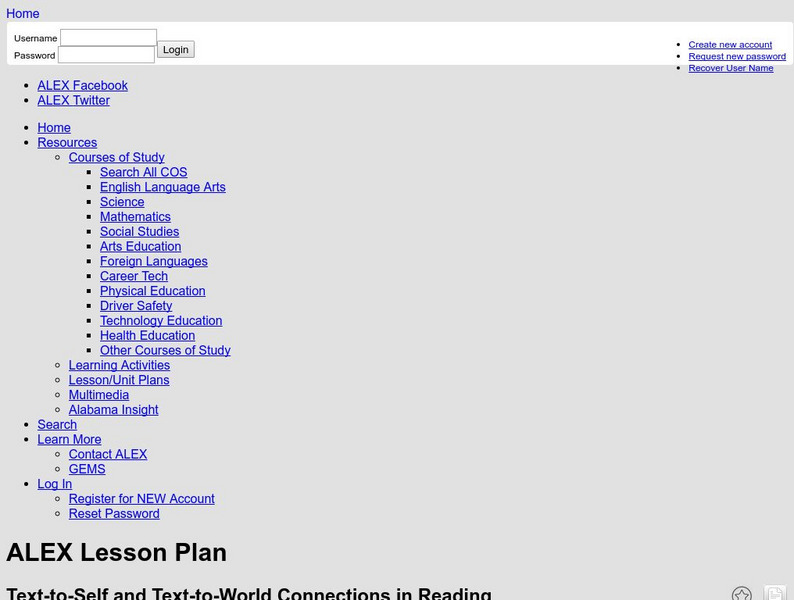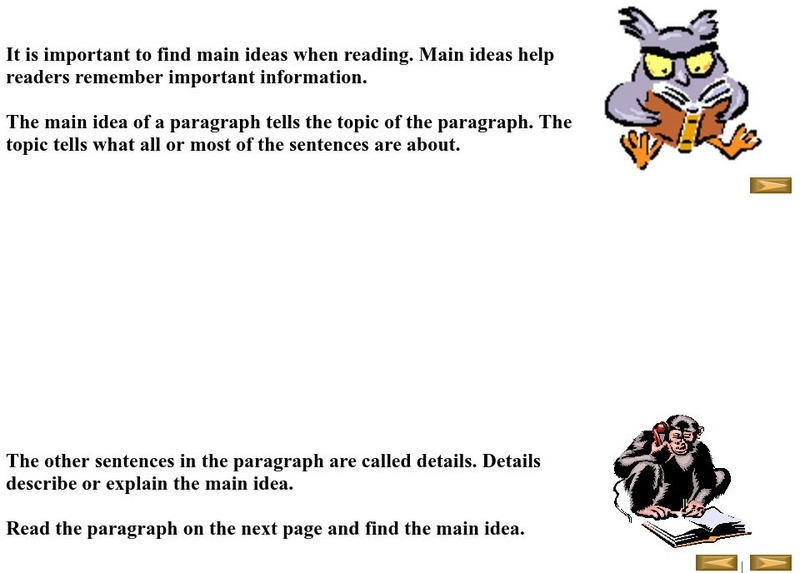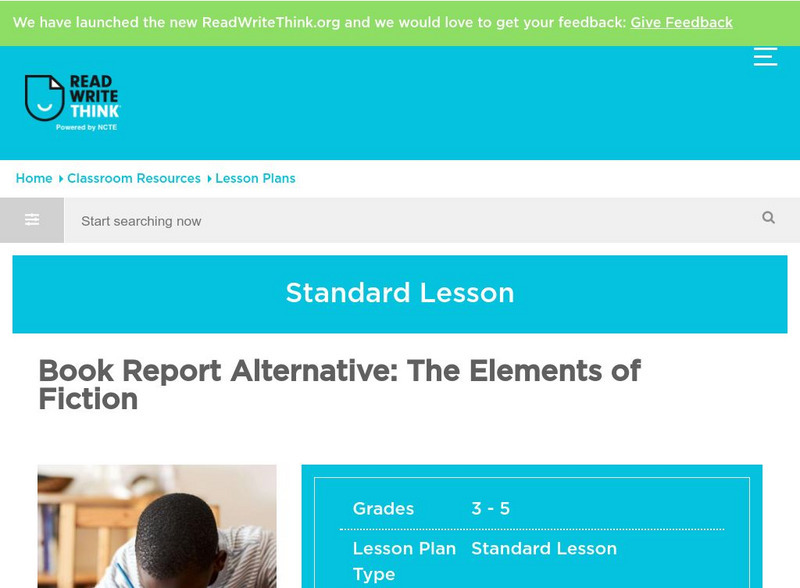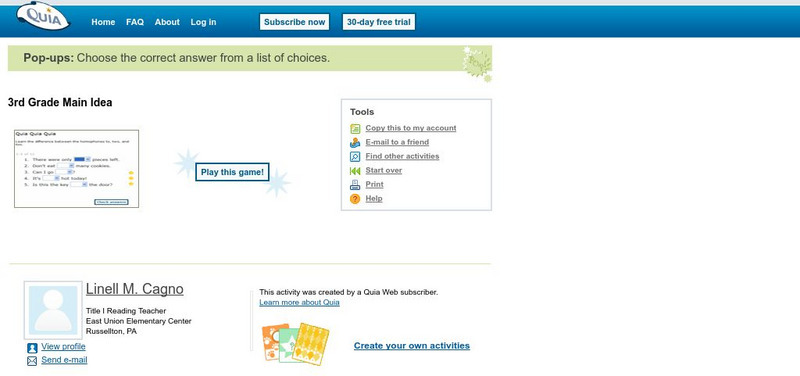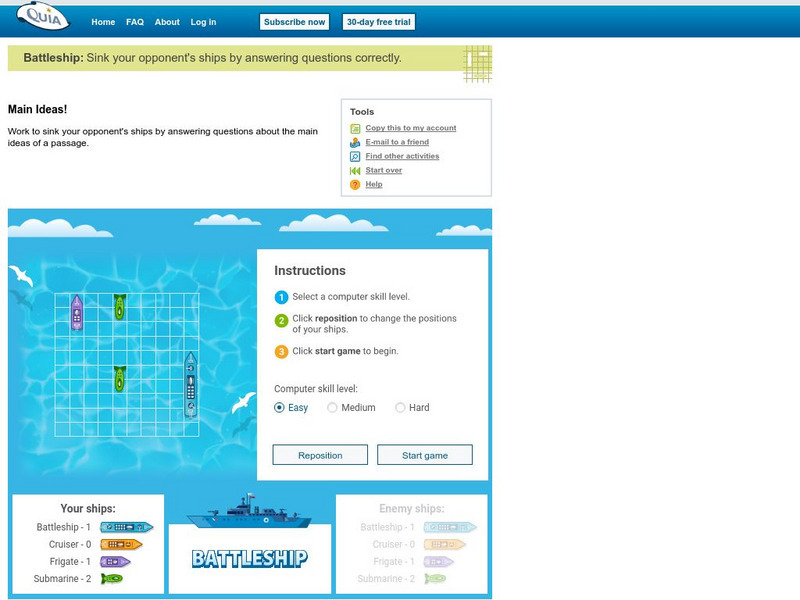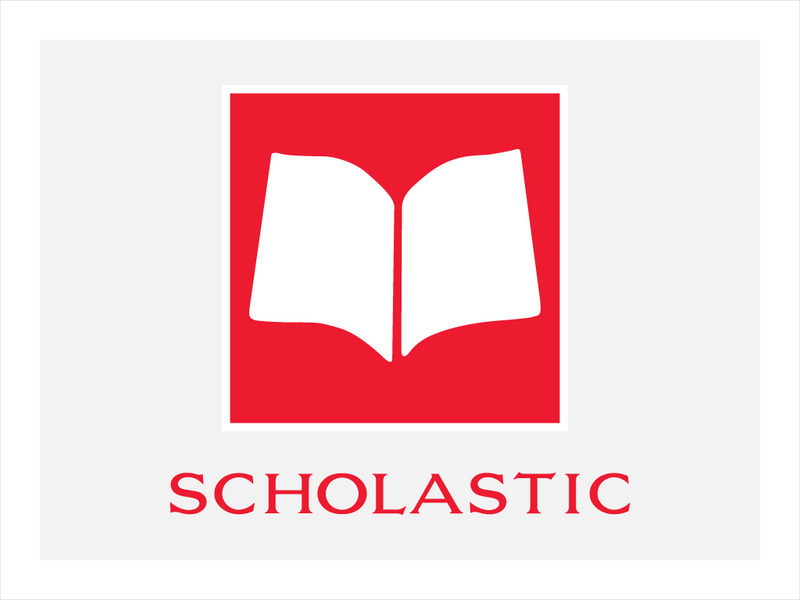Florida Center for Reading Research
Florida Center for Reading Research: Check a Trait
A lesson plan in which students read a narrative text and complete a graphic organizer to describe the characters in the story. Materials are included. [PDF]
Florida Center for Reading Research
Florida Center for Reading Research: Character Connections
A lesson plan in which students read a narrative text and complete graphic organizers to describe a character or compare and contrast two characters from the story. Materials are included. [PDF]
Florida Center for Reading Research
Florida Center for Reading Research: Compare a Character [Pdf]
A lesson plan in which students read a narrative text and complete graphic organizers to compare and contrast two characters from the story. Materials are included.[PDF]
Florida Center for Reading Research
Florida Center for Reading Research: Character Consideration
A lesson plan in which learners read a narrative text and complete graphic organizers to analyze a character. Materials are included. [PDF]
Florida Center for Reading Research
Florida Center for Reading Research: Character Characteristics
A lesson plan in which students read a narrative text and complete graphic organizers to analyze a character. Materials are included. [PDF]
Florida Center for Reading Research
Florida Center for Reading Research: Instructional Routines
This site offers PDF grade-specific lesson plans for teaching various reading skills for grades K-3. These include phonemic awareness, phonics, fluency, vocabulary, and comprehension.
Alabama Learning Exchange
Alex: Text to Self and Text to World Connections
Students will further their reading comprehension by associating real-life events with the events of a story.
Reading Rockets
Reading Rockets: Teach Expository Text Structure to Facilitate Comprehension
Expository text can be challenging to young readers because of the unfamiliar concepts and vocabulary it presents. Discover ways to help your students analyze expository text structures and pull apart the text to uncover the main idea...
Alabama Learning Exchange
Alex: Author Study
During this lesson, young scholars will learn more about their favorite authors by researching them on the Internet and presenting to the class, school, and community. Students will see that authors are real people thereby developing an...
South Carolina Educational Television
Know It All: Finding Theme
The students will be able to determine the theme of a story by recalling key details that support the theme.
South Carolina Educational Television
Know It All: Author's Purpose Pie
Third graders will determine the authors purpose in creating a story.
Reading Rockets
Reading Rockets: Guiding Students: Expository Text With Text Feature Walks
Explains how to guide students in examining text features during a walkthrough of an expository text.
PBS
Pbs Learning Media: Arthur: Collection
This collection foster students' interest in reading and writing, and encourage positive social skills with this collection of classroom resources from ARTHUR. Aimed at children between the ages of four and eight, these resources feature...
Scholastic
Scholastic: Teaching Tools: 6 Steps to Helping Students Set Strong Reading Goals
This site offers six steps to helping students set strong reading goals. It all starts with inspiring your students to think about who they are as readers.
Louisiana Department of Education
Louisiana Doe: Louisiana Believes: Guide for Determining Text Complexity
An educator's guide to help determine the level of text complexity.
Beacon Learning Center
Beacon Learning Center: Web Lessons: Get the Main Idea
This resource provides practice finding the main idea by having students read a paragraph and choose the main idea. Then it asks students to take what they have learned and apply it to a book of their choice, and then write a paragraph...
Beacon Learning Center
Beacon Learning Center: Get the Idea
Learn about and practice finding the main idea in short reading passages.
ACT360 Media
Writing Den: Supporting Details
A short explanation and example of supporting sentences, what they do, and how to write them.
ReadWriteThink
Read Write Think: Book Report Alternative: The Elements of Fiction
Analyzing a book takes the form of creating their own when students complete this activity. The stated goal is to help students "Read like writers." Includes link to a template for student use.
Quia
Quia: 3rd Grade Main Idea
This short interactive activity assesses students' ability to identify main idea. Students will read three short passages and identify the main idea of each.
Quia
Quia: Main Ideas!
Read a short text and determine the main idea in this Battleship style learning game.
Other
Cyberwriter: Descriptive Writing
Resource gives writing activities leveled K-1st grade, 2nd & 3rd grades and 4th through 8th grades.
Scholastic
Scholastic: Teaching With Nonfiction: Teach Text Features
A brief lesson plan, this site offers an example of non-fiction text and a graphic organizer to help orient students to the features they need to use when reading for information.
Scholastic
Scholastic: Informational Text: Reading Response: Compare and Contrast
A brief graphic organizer to help students visualize the similarities and differences in a piece of informational text.




![Florida Center for Reading Research: Compare a Character [Pdf] Lesson Plan Florida Center for Reading Research: Compare a Character [Pdf] Lesson Plan](https://content.lessonplanet.com/knovation/original/509130-d13671fde24d0633b0181120a31112c3.jpg?1661786928)
